The dinosaurs in the Australian fossil fuel industry have been fighting the rise of renewable solar and wind power, with a recent tactic being the promotion of natural gas as a ‘clean’ fuel for the transition from coal. This is the story of how Victoria has used natural gas for the generation of electricity.
In the beginning
The very first power stations in Victoria were small affairs, operated by an multitude of private companies, burning black coal imported from New South Wales.
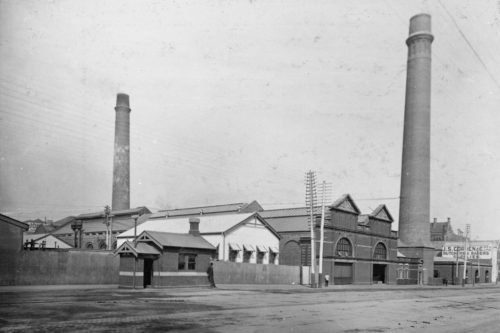
City of Melbourne Art and Heritage Collection – image 1088291
But as the reliable supply of electricity grew more important, this reliance on imported fuel became untenable, so the State Electricity Commission of Victoria was established to exploit the brown coal reserves of the Latrobe Valley for base load power generation.
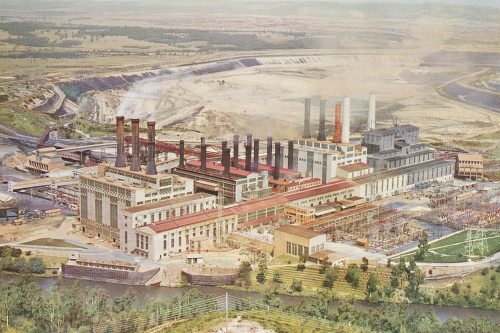
Photo via Yallourn Association
With additional peak load capacity provided by hydro-electric generation – first from Kiewa and Eildon, and later the Snowy Mountains hydro-electric scheme.
While at the same time, the scale of brown coal fired power stations also grew, leading to bigger and bigger holes in the Latrobe Valley.
Hunting hydrocarbons in Bass Strait
The hunt for offshore oil in Australia commenced in 1960, when BHP started exploring the waters of Bass Strait, but it was natural gas they found in February 1965. Development of the offshore platforms commenced.
And by March 1969 the first gas arrived at the onshore gas processing plant
Minister for Fuel and Power, George Oswald Reid, was excited about the new fuel.
The discovery of natural gas opens up far-reaching possibilities for Victoria, but it would be premature for me to forecast its precise effect at this stage. Natural gas is a very attractive fuel for power generation because it is clean and convenient to use. Natural gas could be used by burning the fuel in gas turbines in which the turbine is turned by hot gases instead of steam in the same way as in a jet aircraft engine. This type of machine is particularly suitable for quick starting and short period running.
And saw it’s limits.
I have already explained its possible use for peak load generation, and it will suffice here for me to mention the tremendous quantity of gas which needs to be proved before it can be effective for base load use. To supply a station of 600 to 700 megawatts capacity, it would be necessary to have available reserves of 150 million cubic feet a day for 30 years or 1.5 million million cubic feet in all. This represents about five times the present consumption of manufactured gas in Victoria and is more than the total capacity for the first Gippsland shelf field.
But the State Electric Commission of Victoria was facing a different problem – peak load capacity.
For the past ten years and up to 1974, most increments to peak load capacity have been provided by hydro-electric generation, first from Kiewa and Eildon, and more recently from the Snowy Mountains hydro-electric scheme.
The planned development of the Snowy project is due to be completed in 1974 and, as there is limited scope for further hydro development in Victoria and at Snowy, except perhaps for pumped storage type schemes, it will be necessary to consider installing thermal plant to meet this section of the demand.
So the discovery of natural gas had come at an opportune time.
Enter Newport Power Station
With an existing briquette fired power station at Newport reaching the end of its economic life, and abundant natural gas now available, the State Electricity Commission had a plan – build a 1,000 MW gas fired power station on the site.
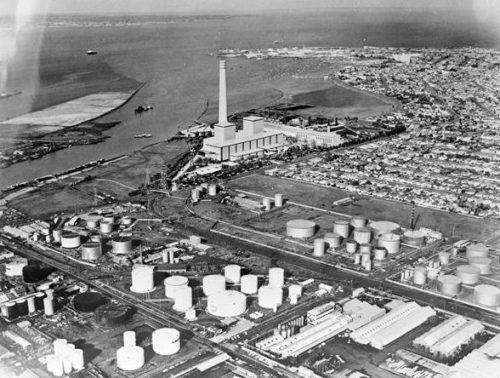
SECV artists impression – NAA item ID 8295158
It would be flexible enough to follow the load curve compared to the brown coal fired power stations, and adaptable from peaking to near base loads. Authorisation was given in 1971, with completion expected by 1976 for the first 500 MW unit, and 1978 for the second.
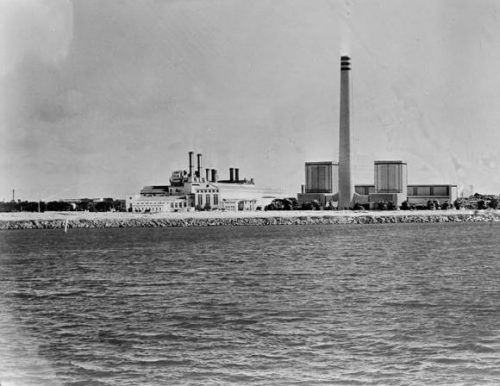
SECV artists impression – NAA item ID 8295157
But the usage of ‘premium’ natural gas to generate electricity was attacked by many, including Val Doube, Member for Albert Park.
Many examples show that human beings are inclined to rush into situations and then find that they must take the most expensive steps to repair the damage they have done. In Victoria we have a new toy – natural gas – and we propose to burn it in the most wasteful fashion to manufacture electricity.
In this power station it is proposed to burn more of this precious resource than is burnt in all the factories and homes in Victoria. This is a most wasteful proposition. It is not as though the sources of energy available to use were inexhaustible. Many countries are confronted with severe problems because of the obvious limits to the energy available from fossil fuel. Even though we appear to be rich in resources for the moment, it is our duty to use them carefully.
If natural gas were properly used, there would be a much better return from its energy. Only 38 per cent of the potential energy of natural gas will be available as electricity from Newport. Much of the rest will be wasted in that it will be used for cooling and similar purposes.
If natural gas were used directly in homes and factories, 70 per cent of its potential energy could be used. There is a potential shortage of fuel in the world, and the energy and heat potential of natural gas should be used in the way I have suggested. That would extend the life of the existing wells.
But the State Electricity Commission had a bigger problem with their Newport project – an emerging green movement opposed the construction of a power station in the middle of Melbourne, and sympathetic trade unions placed green bans on the project, stopping construction.
To resolve the deadlock, in 1973 state government tasked the newly-formed Environmental Protection Authority to conduct a public inquiry into the project. After a number of public hearings and appeals, in April 1977 the Newport Review Panel submitted a final report, concluded that only one of the two 500 MW units should be built.
Work on the power station was restarted by union workers, despite the work bans still being in place, with the project completed by mid-1980, and delivering power later that year.
Emergency generation at Jeeralang
With construction of Newport Power Station delayed, the supply of electricity to the growing state of Victoria was placed at risk. In mid-1977 the State Electricity Commission recommended the installation of 200 MW of gas turbines in the Latrobe Valley, with a new power station able to be imported and assembled within two or three years, despite their smaller capacity and higher fuel costs meaning they were best suited to supplying short duration peaks.
The four Siemens Industries V93.1 open-cycle gas turbines entered service in early 1979 at a cost of around $30 million.
But with power shortfalls still forecast, in 1977 the State Government convened the Emergency Gas Turbines Inquiry, which recommended a second batch of gas turbines should be installed at the Latrobe Valley site, but equipped with water injection equipment to reduce emissions. This block of three Alstom Atlantique MS-9001 open-cycle gas turbines went into service in 1980 at a cost of around $35m
Today known as the Jeeralang Power Station, the gas turbine are used as a peaking facility during periods of peak demand, as well as a black start facility to restore power to the grid in the event of major system failure.
Towards a coherent policy
In 1985 the Victorian Government released a policy statement titled ‘Victoria’s Energy: Strategy and Policy options’, which touched on the use of natural gas for electricity generation.
Victorian Government policy at present prohibits the use of natural gas for electricity generation in the new power stations. However, SECV has proposed that new gas turbine generators be considered for use as a contingency measure if electricity load growth is higher than planned for.
In considering the mid-term options for power development, the Government has re-affirmed its desire to avoid planning on the basis of commitment to new gas fired power stations. The use of additional gas turbines beyond those already installed at Jeeralang should also be unnecessary if present efforts to more flexibly program construction have the desired result. Should an unexpected surge in demand or delay in construction emerge, then the Government would re-examine this issue.
Major expansion of the usage of natural gas would have significant impacts on the lifetime of gas supply developed from reserves in Bass Strait. While it is not possible to quantify impacts, one general effect will be to provide encouragement for gas explorers to discover and prove up further deposits of natural gas. The Victorian region. generally acknowledged to have a good prospectivity for gas, but most exploration at present is concentrated on oil because the existing gas market is well supplied by known gas fields.
A position reinstated by the Natural Resources and Environment Committee in their April 1988 report “Electricity Supply and Demand Beyond the Mid-1990’s“, who examined the use of natural gas for power generation in great detail.
The supply options originally proposed by SECV for consideration by this Inquiry for the period beyond the mid-1990’s did not include gas fired developments. Present Victorian Government policy prohibits the use of natural gas for electricity generation in new power stations. The Committee wrote to SECV requesting that information on gas fired options be included in SECV evidence.
Additional gas fired generating plants could be of the open cycle combustion turbine type (like Jeeralang), or combined cycle plants where the high temperature exhaust gases from one or more combustion turbines are fed into a heat recovery boiler driving an additional steam turbo-generator. SECV evidence indicated that gas fired steam cycle plant (like Newport D) has neither cost nor efficiency advantages over the newer technology combined cycle plant, so this plant configuration was not pursued further.
The location of gas fired plant is more flexible than that of brown coal fired power stations which are normally sited close to their associated mines because of costs and difficulties associated with long distance transport of brown coal. Suitable gas turbine sites would normally be located in the vicinity of an existing gas pipeline and high voltage transmission line.
The capital cost per unit of output capacity of open cycle gas turbine driven generating plant is substantially lower than that of other forms of thermal power generating plant. SECV’s estimates indicate that the capital cost per unit of power generated for gas turbines would be about half that of a Loy Yang B or Oaklands unit and less than a third of the cost of any other brown coal fired unit.
When used for peak and intermediate load duty, gas turbines are more economic than the higher capital cost coal fired plants. The addition of further gas fired plant to the Victorian system to meet future load growth, could therefore be economically desirable, subject to the future cost and availability of natural gas.
Nevertheless, it could be expected that some reductions in the cost of electricity supply would be available from 100-200 MW of additional gas fired capacity, even at significantly higher gas prices. This possibility deserves further attention from SECV, whose evidence has concentrated on large (500 MW) blocks of gas fired plant.
A spanner in the works
In the 1980s the focus switched to the Loy Yang complex – the biggest project the State Electricity Commission ever attempted, with a total of 4,000 MW in brown coal fired generating capacity spread over four 500 MW stages, at a cost of around $5.5 billion in 1984 prices.
The first power at Loy Yang ‘A’ was generated in 1984, with the last of the units being brought online by 1988. By this time the electricity industry in Victoria had changed, and work on the next stage at Loy Yang ‘B’ stalled for a number of years, as a new focus on energy conservation reduced overall electricity demand, and questions were asked in government as to the cost efficiency of the SECV and brown coal power generation in general.
It took until 1993 for this situation to be finally resolved, when 1000 MW of the Loy Yang ‘B’ plant was cancelled, in the midst of the Kennett Government breakup of the State Electricity Commission into an array of distribution, retail, power generation and transmission companies.
David White, Shadow Minister for Energy and Minerals, attacked the disaggregation of the generating system in a 1995 debate.
Former SEC executives have said that the lack of overall planning for the expansion of the generation system would leave consumers at the mercy of the private entrepreneurs, who may or may not respond to pricing signals in the marketplace. They were referring to the major issue of security of supply. Under the government’s proposal the brown-coal fired power stations, the hydro stations and the gas-fired power stations will be broken up and sold at some stage in the future.
At some stage in the future we will need further generating capacity. For 75 years planning for the emergence of the new generation capacity has rested with the SEC. It has planned and submitted to various parliamentary committees its proposals for the expansion of the generation system. In the past the SEC submitted plans for consideration by the former Public Works Committee prior to environmental effects statements and prior to the establishment of a new brown-coal fired station.
Landing some prophetic words.
The retired SEC engineers are saying that there is no provision under the state-owned enterprise model for the emergence of the prospective brown-coal fired power station but there might be the prospect of the emergence of a natural-gas fired power station similar to Jeeralang and Newport if BHP or CRA or a similar company is so moved.
However, there is nothing intrinsic or evident in the government’s proposals to suggest how a new brown-coal fired power station might emerge, given that the gestation period from initial planning and design through to construction, completion and operation could be a period of not less than 5 and probably up to 10 years. The government is saying that the free play of market forces will see the emergence of that investment and that prospect. At the moment there is no evidence to support that proposition.
And something that only rusted on fossil fuel proponents would say today.
At some stage in the future Hazelwood will be retired – it is not far away – and there will be a need for an additional prime brown-coal capacity.
Into the new world
In 2001 the first new power station opened in Victoria under the new structure – the 300 MW Valley Power Peaking Plant. Located next door to Loy Yang power station with six 50 MW open-cycle gas turbines, the plant is now owned by Snowy Hydro.
The same year the 94 MW Bairnsdale Power Station opened, with two GE LM6000PD open-cycle gas turbines owned by Alinta Energy.
AGL opened the 160 MW Somerton Power Station in 2003, with four 37.5MW GT-1 Frame 6B open-cycle gas turbines.
Snowy Hydro opened the 320 MW Laverton North Power Station in 2006, equipped with two Siemens V94.2 open-cycle gas turbines.
Origin Energy opened the 556 MW Mortlake Power Station in 2012, featuring two Siemens SGTS 4000F open-cycle gas turbines.
And the what-ifs
In 2008 Santos proposed a 1500 MW combined-cycle gas turbine power station at Shaw River, north of Port Fairy, but cancelled the project in 2010 following the cancellation of Australia’s emissions trading scheme.
AGL proposal for a 500-600 MW open-cycle gas turbine peaking power station at Tarrone in Western Victoria was approved in 2012, but has been paused due to a lack of certainty in the electricity market.
And finally, in 2019 APA Group had their 220 MW gas turbine plant at Dandenong underwritten by the Federal Government’s Underwriting New Generation Investments (UNGI) program. Stage 1 comprises 12 fast start gas-fuelled reciprocating engines, with stage 2 proposing an additional six generating units.
Sources
- HR Nicholls Society – The Newport Power Station: A History of Conflict (Jack Johnson, OBE)
- Natural Resources and Environment Committee – Electricity Supply and Demand Beyond the Mid-1990’s: part 1, part 2
- SECV annual report – 1972
- SECV annual report – 1977
- SECV annual report – 1978
- SECV annual report – 1979
- SECV – Report on Proposed Extension to the State Generating System – Yallourn W Power Station units 3 and 4
- SECV – Report on Proposed Extension to the State Generating System – Loy Yang Project
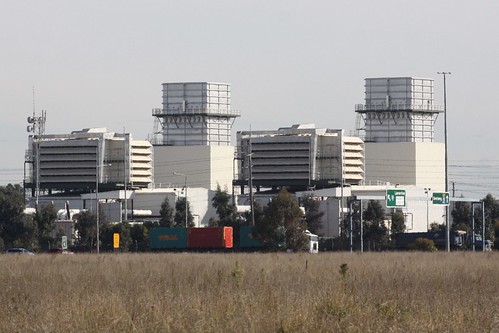
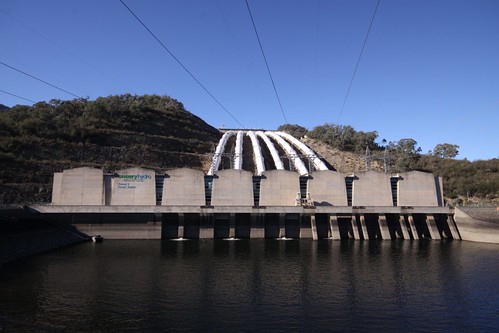
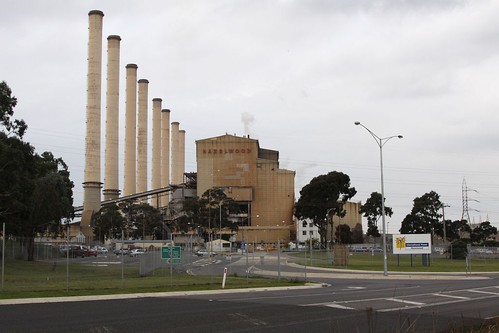
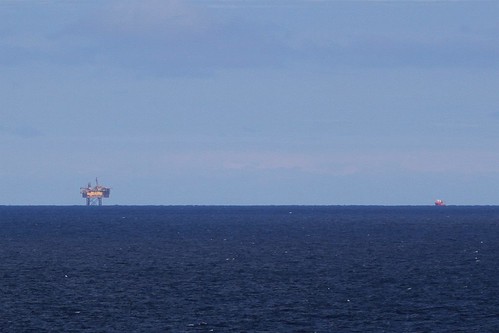
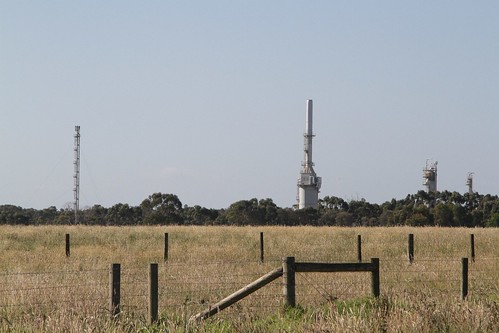
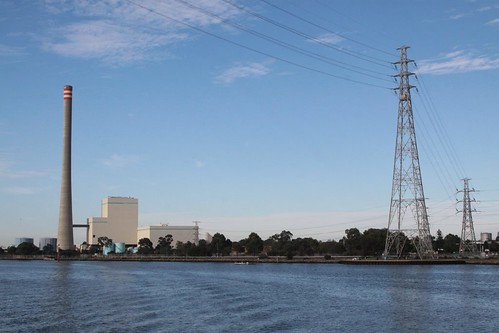
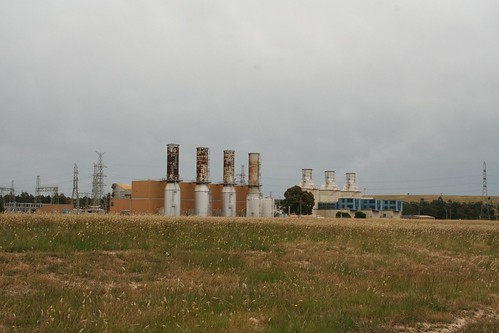
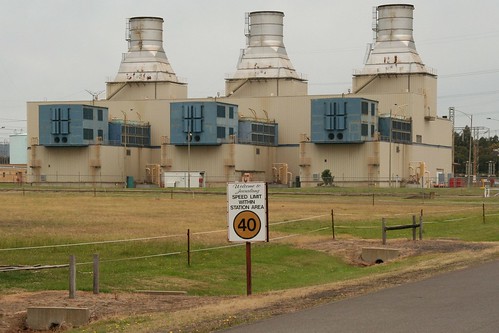
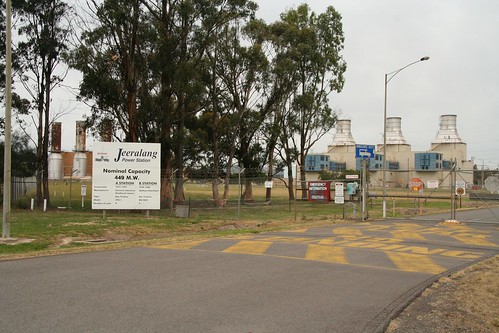
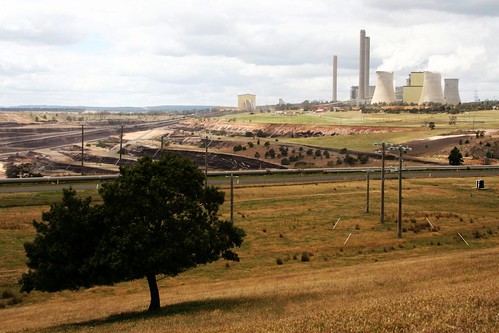
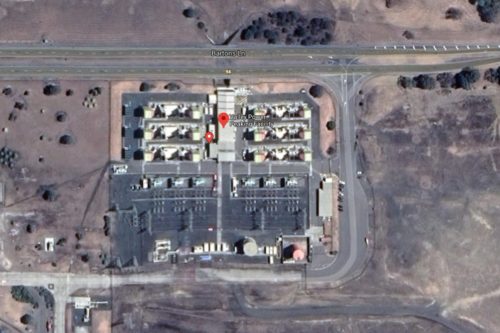
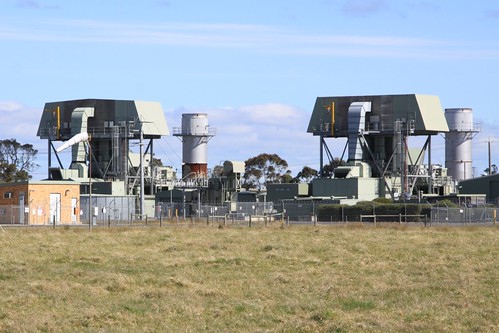
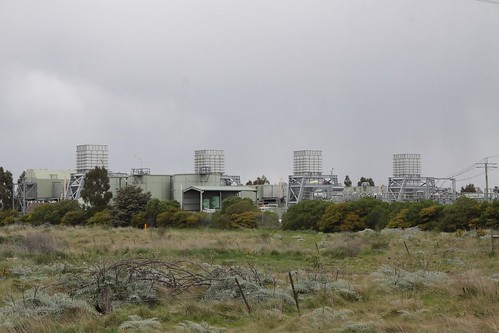
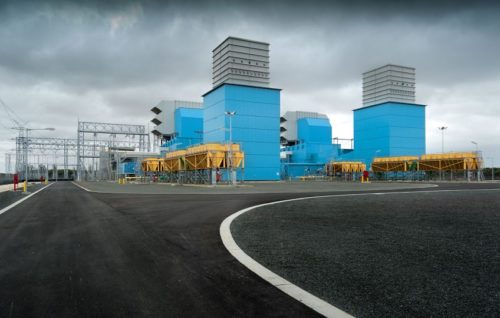

Some councils that started before the SEC was set up were also involved in electricity production and distribution. The City of Melbourne, whose Electricity Supply Department`s power station (prior to its 1941 transfer to the SEC) is shown in your second image.
I glossed over that part of history, but cover it in more detail here:
https://wongm.com/2011/07/melbourne-municipal-electricity-undertakings/
[…] the fossil gas fired Mortlake Power Station that relies on […]
[…] I also stumbled upon the Bairnsdale Power Station as I drove further west – one of a number of gas fired power stations in Victoria. […]